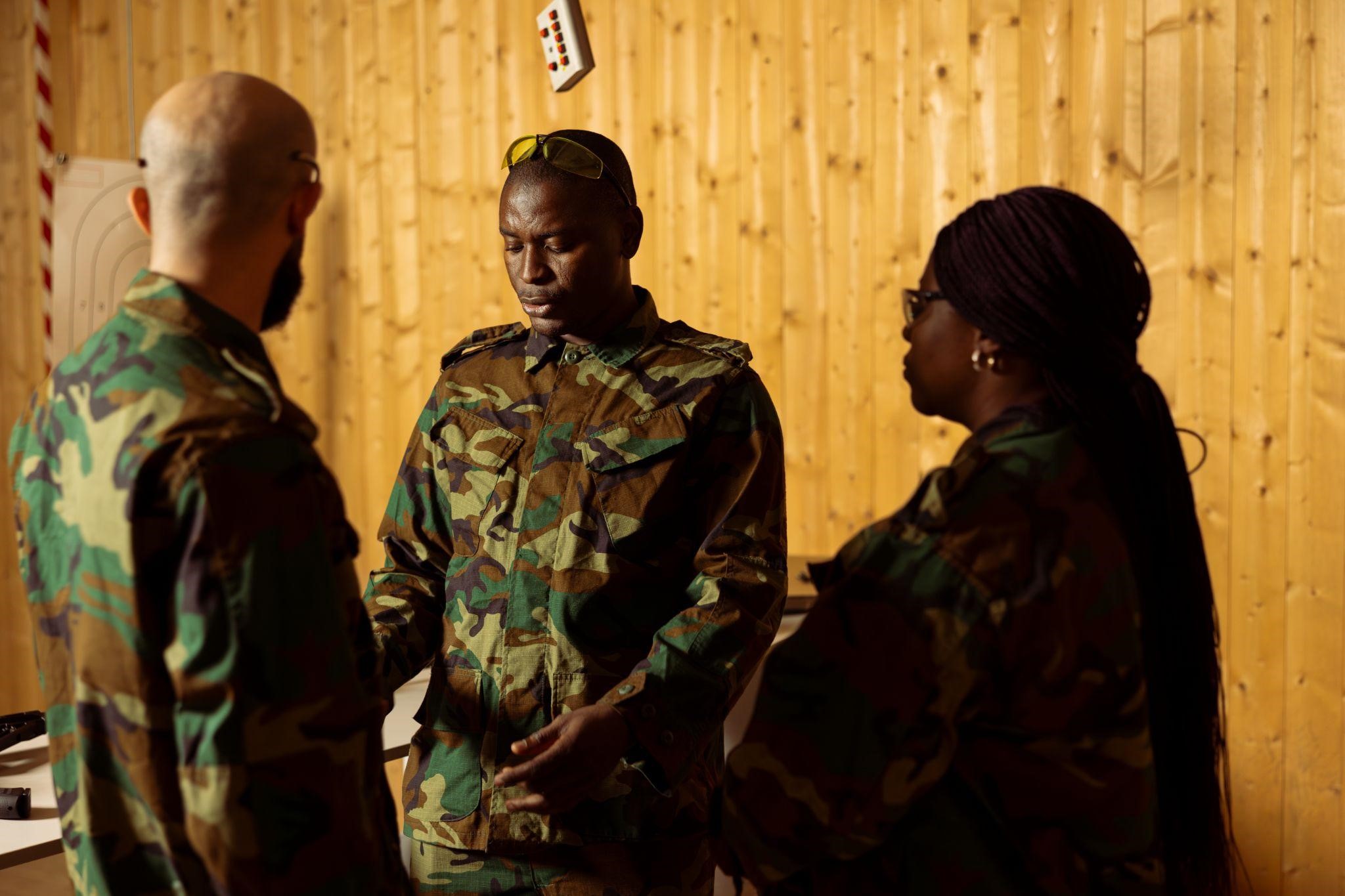There’s something endlessly captivating about the shadowy world of spies, covert missions, and top-secret military operations. As a reader, you’re pulled into high-stakes plots where danger lurks in every coded message.
But if you’re a writer or an aspiring one, you know that crafting military espionage fiction takes more than just thrilling action. It’s an art form that combines realism, suspense, and strategic storytelling.
Whether you’re building your first spy thriller or want to refine your narrative skills, understanding the key elements of military espionage fiction can help you write a story that readers won’t forget.
Why Military Espionage Fiction Captivates
What makes military espionage fiction so irresistible? It’s the tension, the feeling that every character has something to hide and everything to lose. You’re not just reading about battles; you’re witnessing the silent wars waged behind the scenes.
In these stories, small decisions passing a document, tapping a phone line, or flipping an insider can alter the fate of nations. And that level of intensity keeps readers turning pages late into the night.
Building Realistic Covert Worlds
To write convincing military espionage fiction, you need to ground your story in reality. This doesn’t mean you must have a military background, but it does mean research is essential.
You want your readers to feel like they’re walking through CIA headquarters, embedded in a foreign intelligence unit, or eavesdropping on encrypted communications.
Here are some tips:
- Study real-world operations: Read declassified missions, biographies of former agents, or documentaries on intelligence agencies.
- Use technical details wisely: Don’t overwhelm readers with jargon, but sprinkle in authentic terms to build credibility.
- Design plausible stakes: Whether it’s a stolen nuclear blueprint or a mole inside a defense contractor, make the threat believable.
Crafting Suspense and Strategy
Military espionage fiction thrives on layers of secrecy, betrayal, and moral complexity. Your main character doesn’t just fight enemies; they wrestle with their own conscience.
Here’s how you can weave in suspense:
- Keep information asymmetrical: Let the reader know what the hero doesn’t—or vice versa.
- Use misdirection: Not every villain wears a mask. Sometimes, the most trusted ally is the one holding the knife.
- Slowly unravel the truth: Don’t give it all away in chapter one. Let tension build until the final reveal hits with impact.
A Glimpse at Code Name Boulder Creek
In Code Name Boulder Creek by Peter S. Eisenhut, you see these storytelling techniques in action. The novel takes you deep inside a Cold War-era plot where stolen military documents, covert surveillance, and an invisible enemy threaten national security.
What makes the story so gripping is its blend of factual detail and emotional depth, a quality that every aspiring espionage writer can learn from.
Writing Characters Who Walk the Line
One of the most important pieces in your story is your protagonist. Are they a loyal soldier forced to break the rules? A rogue agent seeking redemption? Or an ordinary person caught in a dangerous web?
In military espionage fiction, your characters must walk a fine line between heroism and compromise. Let them be flawed. Let them make mistakes. That’s what makes them real—and relatable.

Final Thoughts: Becoming a Master of the Genre
Writing military espionage fiction is like running a covert mission yourself. You plan meticulously, build layers of deception, and deliver the truth at just the right moment. To capture your audience, combine accuracy with artistry, suspense with substance.
Ready to sharpen your storytelling skills? Explore Code Name Boulder Creek by Peter S. Eisenhut and see how expert-level espionage fiction unfolds on the page.




